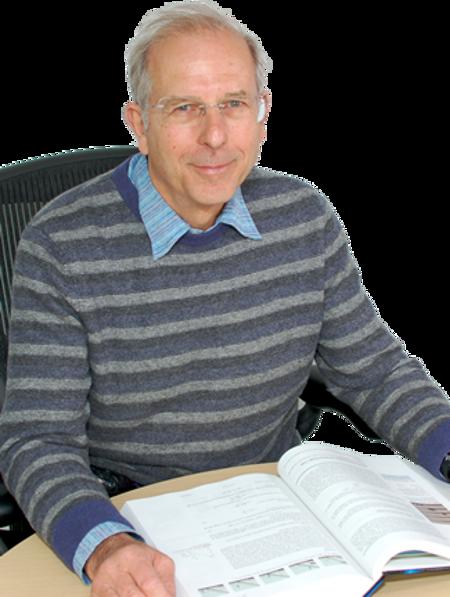Wolfgang Josef Mittig
Fixed Term Hannah Professor, Department of Physics & Astronomy
Location: 2002 640 S Shaw Ln Room 2002
Phone: 517-908-7329
Email: mittig@msu.edu
Bio
Since my university studies, first in Germany and later in France, I involved myself often in very general problematics, such as the foundation of quantum mechanics (Bell inequality), precision measurements to search for nuclear color-VanderWaals forces, nuclear energy and environment, formation of superheavy systems, and very recently the possibility of resonant neutrino scattering. Recently, I was mainly working on experimental nuclear physics, and more specifically on the spectroscopy of exotic nuclei. This domain is at the frontline of present nuclear physics and is extremely challenging for an experimental physicist. Many new techniques have to be developed in order to study very rare nuclei far from stability. We developed an “active target,” a detector in which the detection gas is at the same time the target. This technique combines a large solid angle, in principle 4π, with a thick target and good resolution. The particles, beam and reaction products, are visualized by their ionization path in the gas. A detailed event-by-event analysis provides the reaction angles, Q-values, angular distributions, and excitation functions of the reactions. At NSCL, we formed an international collaboration for the development of such a device with even increased performance called the AT-TPC to become operational in about 2 years, together with the future linear post-accelerator ReA3 for rare unstable beams, financed by the NSF. The main tasks here are to construct highly integrated electronics for the 10,000 channels (ASICs), a data-acquisition compatible with the high data flow of such a device, and a high resolution gas-amplifying device such as micromegas. A reduced size prototype was constructed and used in several experiments. The combination of this detector with the new post-accelerator will provide new and competitive possibilities to study properties of very exotic nuclei. My other present domains of work are related to FRIB. I am working on the project of an achromatic isochronous large angle spectrometer called ISLA, and a technical R&D subject of how to have a 200kW beam energy loss in a spot of 1mm diameter in a production target — this is about 1GW per cubic inch — without destroying it. #Education: * 1977: Livre Docente, University of São Paulo
Selected Publications
- Exotic Nuclei, why and how to make them? W. Mittig, P. Roussel-Chomaz and A.C.C. Villari, Europhysics News 35, 113 (2004)
- First Measurement of the Giant Monopole and Quadrupole Resonances in a Short-Lived Nucleus: 56Ni, C. Monrozeau et al., Phys. Rev. Lett. 100, 042501 (2008)
- Maya: An Active-Target Detector for Binary Reactions with Exotic Beams, C.E. Demonchy et al., Nucl. Instrum. Meth. A583, 341 (2007)
- Resonance State in 7H, M.Caamano et al., Phys. Rev. Lett. 99, 062502 (2007)
- Resonant neutrino scattering: An impossible experiment?, D.Suzuki, T.Sumikama, M.Ogura, W.Mittig, et al., Physics Letter B 687(2010)144
- Test of a micromegas detector with helium-based gas mixtures for active target time projection chambers utilizing radioactive isotopebeams, D. Suzuki, D.Bazin, W.Mittig, Nuclear Instruments and Methods in Physics Research A 660 (2011) 64–68
- Thermo-mechanical behaviour of a single slice test device for the FRIB high power target, Pellemoine, F.; Mittig, W.; et al., Nuclear Instruments and Methods in Physics Research Section A, Volume 655, (2011) 3
